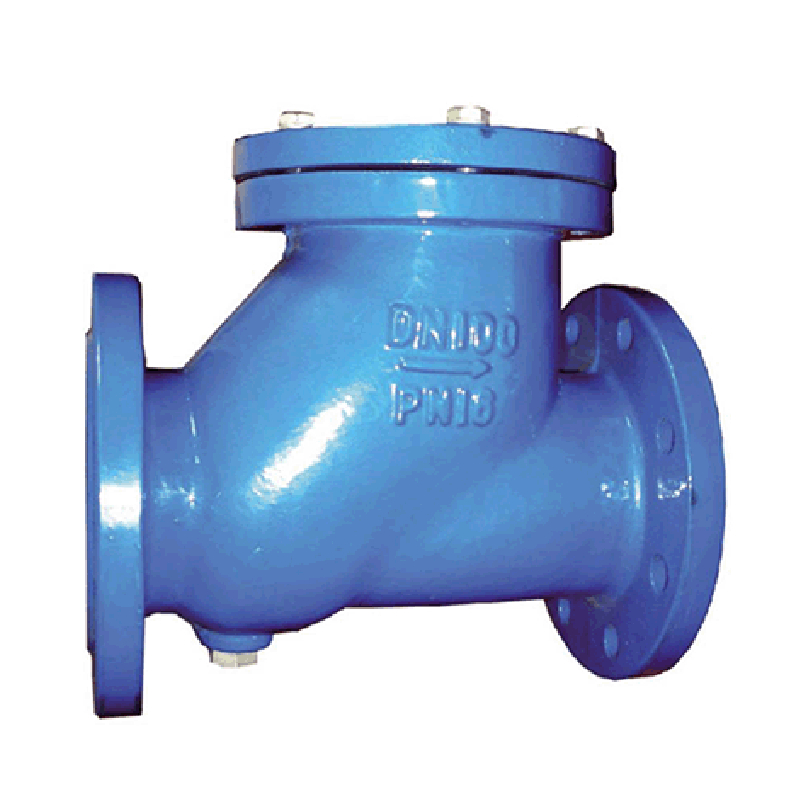Nov . 13, 2024 13:42 Back to list
double ball check valve
Understanding Double Ball Check Valves Function, Design, and Applications
In industrial and plumbing applications, ensuring a reliable flow of fluids while preventing backflow is crucial. One effective solution to this challenge is the double ball check valve, a mechanism designed to enhance safety and efficiency in fluid management systems.
What is a Double Ball Check Valve?
The double ball check valve is a type of one-way valve that utilizes two spherical balls to prevent reverse flow in pipelines. Generally, it is comprised of a valve body, two seats, and two balls. The basic principle of operation involves one ball sealing against its seat to prevent backflow when fluid pressure is absent or reduced, while the second ball allows flow in the forward direction when there is adequate pressure.
How Does It Work?
When fluid flows through the valve, it pushes against the first ball, which is forced off its seat. This movement opens the passage for the fluid to continue into the system. As long as the pressure of the incoming fluid remains higher than the pressure in the discharge, the balls stay elevated, allowing for smooth flow.
In the event that the incoming pressure drops or flows in reverse, the first ball will fall back down onto its seat, sealing off the flow path. This is where the second ball comes into play; it acts in tandem to ensure that, under reverse flow conditions, the system remains sealed. This dual-ball mechanism significantly enhances reliability compared to single-ball check valves.
Design Features
The design of double ball check valves is critical for their effectiveness. They are commonly made from durable materials such as stainless steel, brass, or PVC, which can withstand various pressures and corrosive environments. The internal seats are also designed to facilitate quick sealing, reducing the chance of leakage. Some models may feature springs that assist in the closure of the balls, providing additional reliability.
While these valves come in various sizes and configurations, it is essential to choose the correct size to match the application’s flow requirements. An incorrectly sized valve could lead to insufficient flow or potential backpressure issues.
double ball check valve

Benefits of Double Ball Check Valves
1. Prevention of Backflow The primary benefit is the effective prevention of backflow, protecting equipment, pumps, and the overall system from possible damage. 2. Increased Reliability Having two balls increases the reliability of the sealing action, ensuring that even if one mechanism fails, the other can still prevent backflow.
3. Versatile Applications These valves are suitable for various applications, including wastewater management, chemical processing, and HVAC systems, making them versatile components in fluid control systems.
4. Low Maintenance Due to their simple design and robust materials, double ball check valves typically require minimal maintenance compared to other valve types.
5. Cost-Effective Solution Investing in a double ball check valve can reduce costs associated with damaged equipment and maintenance, making it a cost-effective component for many industries.
Applications
Double ball check valves find applications in numerous industries. In the water supply sector, they are used to prevent contamination from reverse flow, ensuring clean potable water delivery. They are also critical in agricultural irrigation systems to allow water flow while preventing backflow of fertilizers and pesticides.
In the oil and gas industry, these valves help maintain pipeline integrity and prevent fluid release during pressure drops or equipment failure. Furthermore, in HVAC systems, double ball check valves effectively manage the flow of coolants or refrigerants, safeguarding against system failures.
Conclusion
Double ball check valves play an essential role in fluid management across various applications. With their ability to prevent backflow effectively and enhance system reliability, these valves are indispensable components in modern industrial and plumbing systems. When selecting a valve for a specific application, it is crucial to consider the material, size, and design features to ensure optimal performance and longevity. As technology advances, innovations in valve design continue to improve their efficiency, further solidifying their place in fluid control solutions.
Share
-
Reliable Wafer Type Butterfly Valves for Every IndustryNewsJul.25,2025
-
Reliable Flow Control Begins with the Right Ball Check ValveNewsJul.25,2025
-
Precision Flow Control Starts with Quality ValvesNewsJul.25,2025
-
Industrial Flow Control ReliabilityNewsJul.25,2025
-
Engineered for Efficiency Gate Valves That Power Industrial PerformanceNewsJul.25,2025
-
Empowering Infrastructure Through Quality ManufacturingNewsJul.25,2025